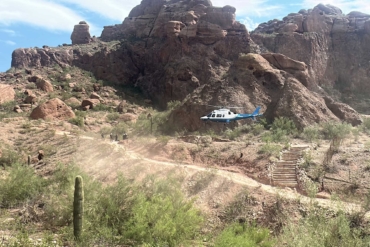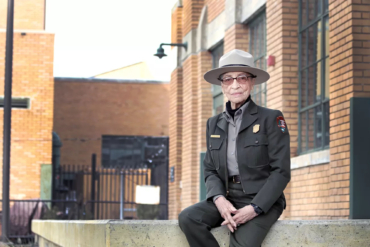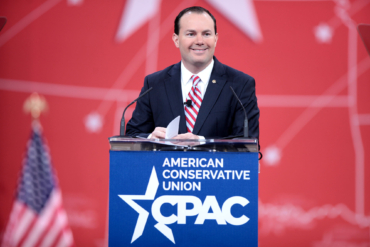The National Park Service and U.S. Fish & Wildlife Service released a Record of Decision today announcing a plan to actively restore grizzly bear populations in Washington’s North Cascades. Grizzly bears were historically a keystone predator in the region, however, according to NPS and USFW, there has been no confirmed evidence of their presence in the area since 1996.
Grizzlies have been extirpated from this region mostly by human killing. Following their listing on the Endangered Species Act of 1975, the U.S. established six grizzly bear recovery zones: the Greater Yellowstone Ecosystem (GYE), the Northern Continental Divide Ecosystem (NCDE), the Cabinet-Yaak Ecosystem (CYE), the Bitterroot Ecosystem (BE), and the North Cascades Ecosystem (NCE).
The NCE is on the U.S.-Canada border. It extends from the Fraser River in the north to the Okanogan Highlands in the east, Snoqualmie Pass to the south, and the Puget lowlands to the west. It is roughly 9,800 square acres.
According to NPS and USFW, recent carrying capacity models show that the NCE could support well over 280 grizzly bears.

But since there has only been one sighting of a grizzly in NCE in the last 10 years, and because there has been no evidence of them since 1996, the NPS and USFW consider grizzlies to be fully extirpated from this grizzly bear recovery zone.
That’s why NPS and USFW created an Environmental Impact Statement (EIS) in 2023. The agencies took over 12,000 public comments and officially announced the plan on April 25. The agencies hope to introduce between three and seven grizzly bears to the NCE every year for five to 10 years with the goal of establishing an initial population of 25 bears.
NCE: Grizzly Bear Reintroduction

The reasoning behind the NCE grizzly bear reintroduction is similar to that of Colorado’s recent wolf reintroduction effort. As explained on the NPS Frequently Asked Questions page, reintroducing this keystone predator species is important for improving environmental biodiversity.
Keystone predators build ecological resilience by putting healthy pressure on an ecosystem. That has cascading effects down the food chain. It reduces herbivore overgrazing, increases foliage and plant life, and makes fish and insect populations healthier.
“We are going to once again see grizzly bears on the landscape, restoring an important thread in the fabric of the North Cascades,” said Don Striker, superintendent of North Cascades National Park Service Complex, in a press release.
The NPS also noted that it held meetings and briefings with representatives from local Tribes and First Nations because of the cultural significance of the grizzly.
Selecting Candidates, Reintroduction Sites

The bears that NPS and USFW plan to reintroduce will be captured from other source areas with healthy grizzly bear populations. Candidates must have no history of conflict with humans. They must be mature adult individuals separated from their mothers. And they must be sourced from areas ecologically similar to the NCE.
According to the Record of the Decision, the bears will be dropped at specific sites on NPS lands. The selected sites will “represent prime grizzly bear habitat.” They will be preselected to facilitate interaction between bears and breeding. They will also need to support lots of berry-producing plants and have low human use.
“The final 10(j) rule is based on extensive community engagement and conversations about how the return of a grizzly bear population in the North Cascades will be actively managed to address concerns about human safety, property and livestock, and grizzly bear recovery,” said Brad Thompson, state supervisor for the U.S. Fish & Wildlife Service, in a press release.
“It provides an expanded set of management tools in recognition that grizzly bear recovery in the North Cascades is dependent on community tolerance of grizzly bears.”
Outreach & Education

During the public comment period, the overall tone from locals and residents was supportive of this reintroduction. However, some recommended requiring bear-resistant food storage lockers at every campground. It was also recommended that NPS and USFW work with hunters and anglers on proper ways to clean fish and field-dress animals to avoid attracting bears to campgrounds.
That’s why NPS is also planning an education and outreach campaign to accompany the grizzly bear reintroduction. Hikers, campers, and residents who are unfamiliar with grizzly bear safety standards and procedures will need to learn.
According to the Record of Decision, NPS and FWS will provide public updates as often as every week. The agencies will also manage grizzly bear websites, posting the results of management actions and monitoring.
Currently, there is no set timeline for the reintroduction efforts to begin. NPS will be posting updates to its website as the effort moves forward. It noted that the public and its partners would be notified when they begin implementing plans.








